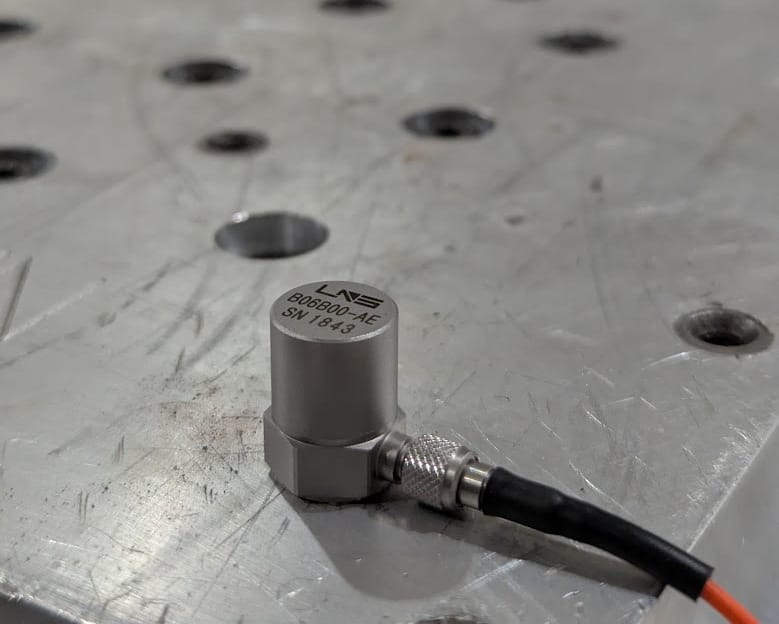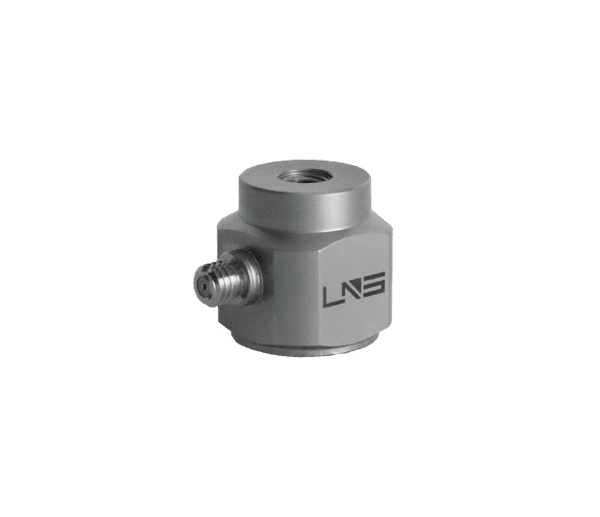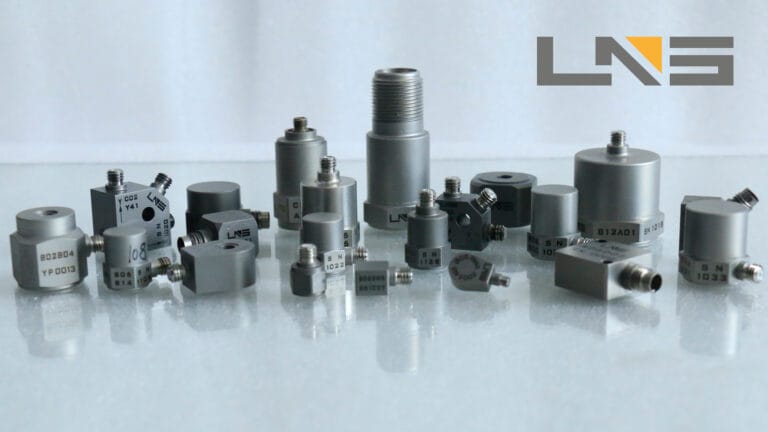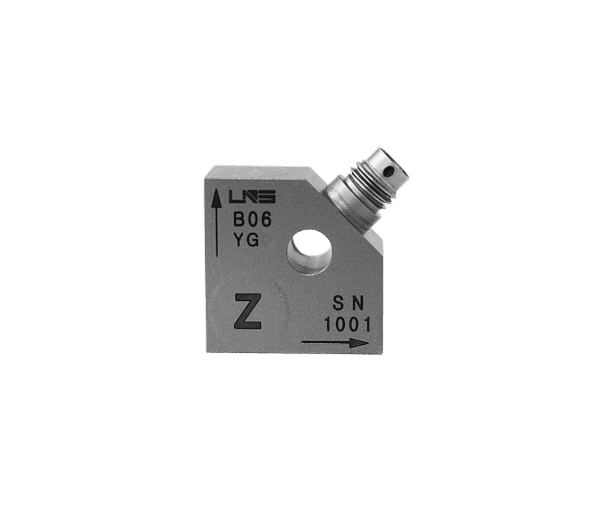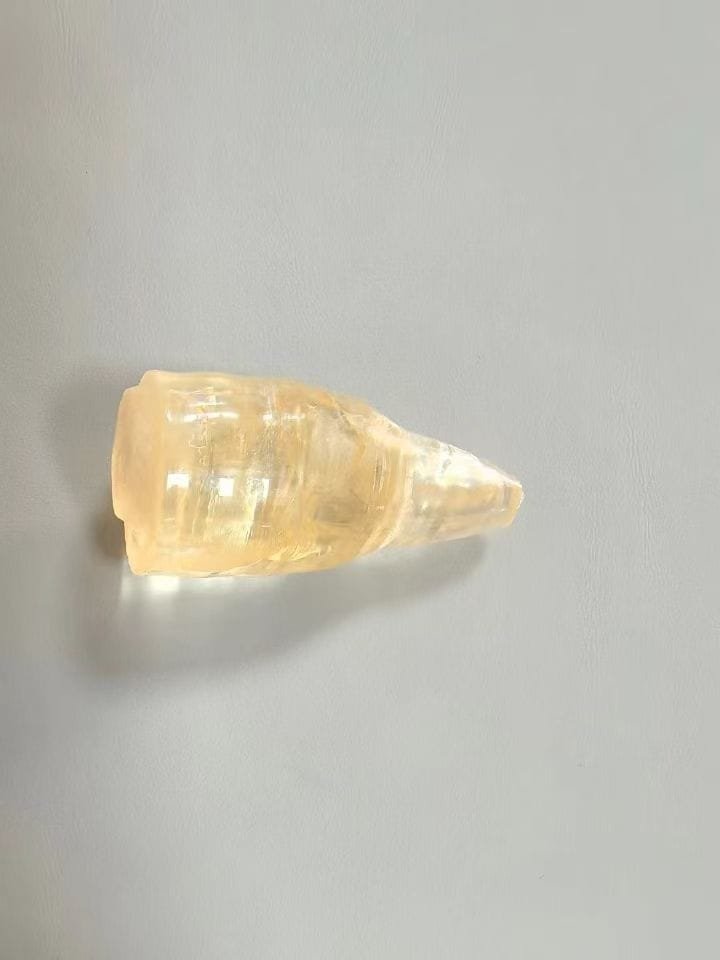Best Adhesives for Mounting Accelerometers: A Practical Guide
ACCELEROMETER MOUNTING
When installing accelerometers for vibration and shock measurements, mounting method is just as critical as the sensor itself. While threaded studs or mounting bases are ideal for long-term installations, many test setups require adhesive mounting. Choosing the right adhesive ensures accurate data, prevents resonance issues, and protects both the sensor and test surface.
In this post, we’ll cover the most commonly used adhesive options for accelerometer mounting, along with their pros and cons.
1. Cyanoacrylate Adhesives (“Super Glue”)
Examples: Loctite 454/401, Permabond 910
- When to use: Short-term tests, especially high-frequency measurements where rigidity is critical.
- Advantages: Very thin bond line, excellent stiffness, minimal effect on sensor resonance.
- Considerations: Bond is brittle and can be difficult to remove. Typically requires a debonding solvent (acetone) for safe removal.
2. Two-Part Epoxy Adhesives
Examples: Loctite EA E-60NC, 3M Scotch-Weld 2216
- When to use: Permanent or long-duration tests where the sensor will not need frequent removal.
- Advantages: Strong, durable bond; resistant to temperature extremes and environmental exposure.
- Considerations: Thick bond line compared to cyanoacrylate, which can affect high-frequency response. Removal may damage the sensor or surface.
3. Wax Adhesives
Examples: Apiezon Wax, Crystalbond
- When to use: Laboratory tests, calibration work, or when frequent sensor relocation is needed.
- Advantages: Easy to apply and remove (heat required), non-destructive to surfaces.
- Considerations: Limited temperature range; bond strength is lower than epoxies or cyanoacrylates.
4. Silicone Adhesives
Examples: Dow Corning 3145, RTV Silicone
- When to use: Harsh environments where flexibility and sealing are important (e.g., moisture or vibration isolation).
- Advantages: Shock-absorbing, resistant to moisture and chemicals, easy to peel off surfaces.
- Considerations: Softer bond reduces high-frequency transmission; best suited for low-to-mid frequency testing.
5. Adhesive Mounting Pads / Tapes
Examples: 3M VHB Tape, double-sided epoxy films
- When to use: Quick temporary mounting when test surfaces cannot be contaminated with liquid adhesives.
- Advantages: Clean application, simple removal, no cure time.
- Considerations: Compliance in the adhesive layer can limit frequency response and add measurement error at higher frequencies.
Choosing the Right Adhesive
- For high-frequency precision: Cyanoacrylate is the industry standard.
- For durability and outdoor use: Two-part epoxies or silicone adhesives.
- For calibration and repeat testing: Wax adhesives offer an excellent balance of rigidity and removability.
- For delicate surfaces: Adhesive pads and tapes are safest, though with some performance trade-offs.
SUMMARY
The mounting method you choose can make or break your test accuracy. For sensitive, high-frequency vibration measurements, rigidity is key—meaning cyanoacrylate or hard waxes often perform best. For environmental durability, epoxies and silicones lead the way.
At LNS, we help engineers not just select the right sensors, but also mount them correctly to get reliable data. If you’re unsure which adhesive is right for your application, our team can provide tailored recommendations based on your testing environment, frequency range, and sensor type.

